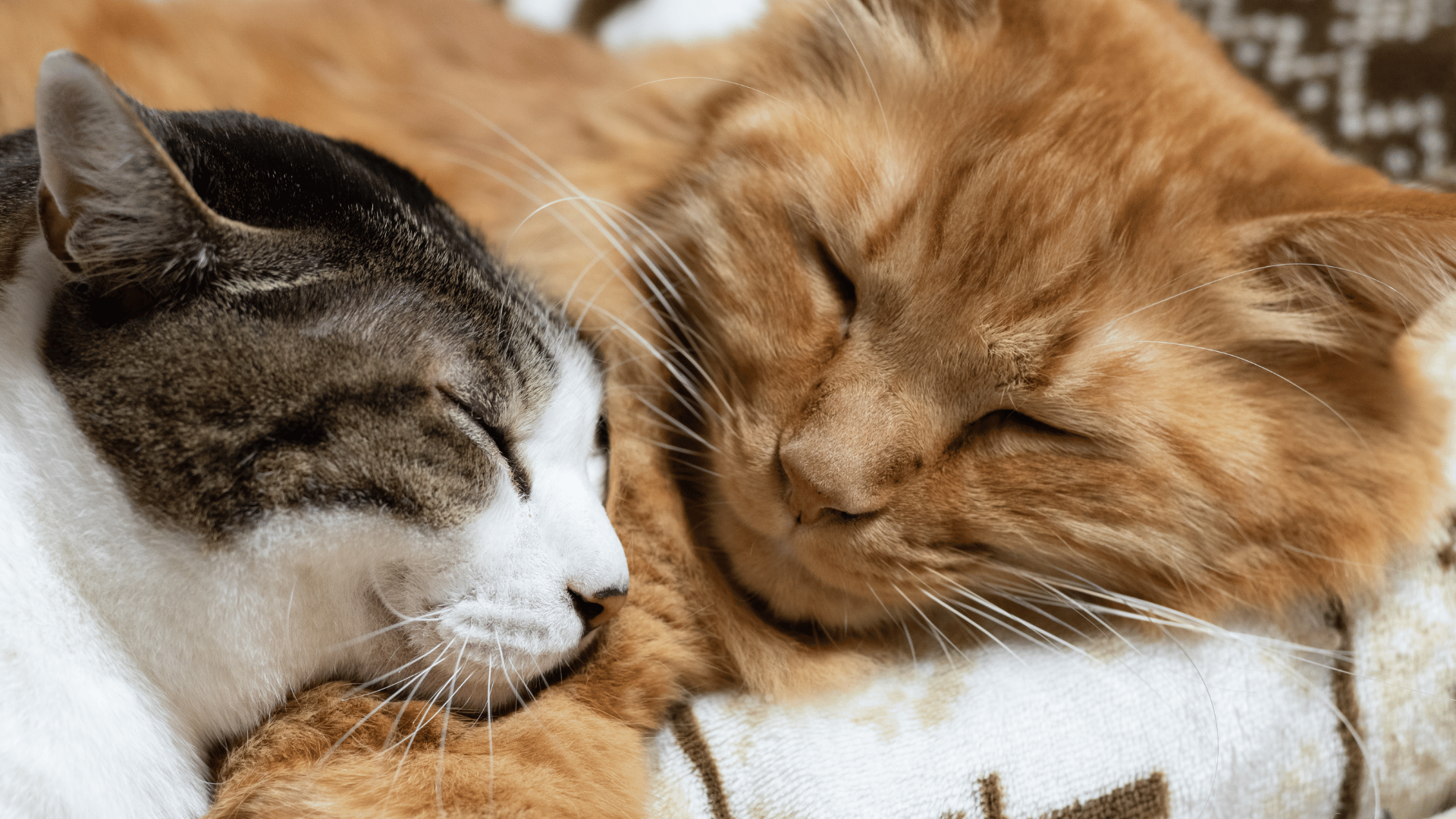The Best Plan for Cat Mating
The Best Plan Cat Mating is more than a catchy phrase—it’s a commitment to responsible, ethical, and informed cat breeding. In 2025, as pet ownership surges and feline genetics gain attention, mastering The Best Plan Cat Mating ensures healthy litters, happy cats, and informed owners. This article offers expert-backed strategies for cat mating, blending practical advice with a humanized narrative for breeders and pet enthusiasts. From health screenings to kitten care, we’ll guide you through each step to prioritize feline welfare and achieve a safe, successful breeding process.
Feline Wellness in 2025
Innovations in Cat Care
In 2025, veterinary advancements like DNA screening and AI-driven genetic analysis are revolutionizing feline health. These tools identify hereditary conditions, such as polycystic kidney disease in Persians, enabling breeders to make informed decisions. Staying updated on these innovations supports healthier cats. For expert insights, visit the International Cat Care.
Nutrition for Optimal Health
A balanced diet is foundational for feline wellness and breeding success. High-protein foods rich in taurine and omega-3s prepare cats for mating. Consult a vet to tailor diets, ensuring queens maintain energy and avoid deficiencies during pregnancy.
Preparing for Cat Mating
Health Screenings for Breeding
Before mating, both the male (tom) and female (queen) need comprehensive health checks. Screen for genetic conditions like hypertrophic cardiomyopathy, prevalent in Maine Coons, and test for feline leukemia (FeLV) and feline immunodeficiency virus (FIV) to prevent disease transmission.
- Vaccinations: Ensure core vaccines (e.g., FVRCP) are current.
- Parasite Control: Deworming and flea treatments minimize risks.
- Nutrition: Optimize diets for reproductive health.
Choosing Compatible Cats
Not every cat is suited for breeding. Evaluate temperament, breed standards, and genetic compatibility to avoid congenital issues, like deafness in white-coated breeds. Resources from the International Cat Association guide pairing decisions to maintain breed integrity.
Age and Maturity
Queens should be 12-18 months old for physical maturity, while toms can breed at 8 months but may need time to gain confidence. Avoid breeding queens past age 7 to reduce risks like dystocia. Spaying post-breeding prevents uterine infections like pyometra.
Timing the Mating Process
Understanding Feline Heat Cycles
Queens are polyestrous, cycling multiple times during breeding season (spring and fall). Heat cycles last 4-10 days, with signs like vocalizing and raised hindquarters. Key phases include:
- Proestrus: 1-2 days, mild interest in toms.
- Estrus: 4-6 days, peak fertility; mating is most successful here.
- Interestrus: A pause if unmated, followed by another cycle.
Track cycles for 2-3 months using behavior-logging apps to predict fertile windows.
Introducing Breeding Pairs
Introduce the tom and queen in a neutral space with hiding spots to reduce stress. Supervise to prevent aggression, as some queens reject toms if anxious. Patience ensures a smoother process and respects the cats’ comfort.
Mating Behavior
Mating is quick, often under a minute, but may occur multiple times. The tom’s barbed penis triggers ovulation, increasing conception chances with repeated matings. Post-mating, the queen may roll or groom excessively, indicating success.
Pet Technology Trends
Smart Tools for Cat Owners
In 2025, pet tech like wearable health monitors and AI apps is transforming care. These tools track activity and health metrics, helping breeders monitor queens during pregnancy. Such innovations align with The Best Plan Cat Mating by enhancing precision in care.
Genetic Testing Advances
DNA testing services map feline genetic profiles, flagging risks like inbreeding-related defects. These tools empower breeders to select pairings that promote genetic diversity, ensuring stronger, healthier litters.
Creating a Safe Mating Environment
Setting Up the Space
A calm, clean environment is critical. Use a spacious room with:
- Bedding: Soft, washable blankets for comfort.
- Litter Boxes: One per cat, plus an extra, to avoid disputes.
- Food and Water: Placed away from mating areas.
Minimize noise and human traffic to prevent stress, which can disrupt mating.
Post-Mating Monitoring
After mating, separate the cats to avoid fights. Monitor the queen for pregnancy signs (weight gain, nipple pinking) within 2-3 weeks. Schedule a vet visit around day 20 for an ultrasound to confirm pregnancy, ensuring a quiet rest space.
Supporting Pregnant Cats
Caring for the Pregnant Queen
Cat pregnancy lasts 63-65 days. Support the queen with:
- Diet: Switch to kitten food for higher calories.
- Exercise: Encourage gentle play to maintain fitness.
- Nesting: Provide a cozy birthing box with soft towels.
For detailed advice, explore Veterinary Partner.
Veterinary Oversight
Regular checkups track fetal development. X-rays in the final week estimate litter size, aiding delivery planning. Discuss emergency options, like C-sections, with a vet to address breed-specific concerns, such as narrow pelvises in Siamese.
Preparing for Delivery
Watch for nesting behavior or reduced appetite as delivery nears. Most queens deliver without issues, but keep a vet’s emergency number handy. Prepare a birthing kit with:
- Clean towels for drying kittens
- Sterile scissors for umbilical cords
- Heating pad for newborns
Kitten Care Basics
Newborns need warmth (85-90°F), frequent feeding, and stimulation to urinate/defecate. Weigh them daily to ensure growth (10-15g daily gain). Socialize kittens from 3 weeks to prepare them for adoption.
Community-Driven Pet Care
Engaging with Cat Enthusiasts
Online forums and breed clubs foster knowledge-sharing. In 2025, these communities promote ethical breeding, offering support for new breeders and ensuring compliance with best practices.
Supporting Shelter Efforts
Partnering with shelters to rehome non-breeding cats reduces shelter strain. These collaborations promote sustainable pet care and align with responsible breeding goals.
Ethical Breeding Practices
Preventing Overbreeding
Overbreeding harms queens and weakens litters. Limit queens to 1-2 litters annually, with 6-12 months between pregnancies. Spay females after their breeding career to prevent uterine infections or mammary tumors.
Rehoming Kittens Responsibly
Screen adopters to ensure kittens go to loving homes. Provide health records, vaccinations, and spay/neuter contracts. Partner with shelters or breed clubs for ethical placements.
Promoting Genetic Diversity
Avoid mating closely related cats to reduce inbreeding risks, which can cause defects like cleft palates. DNA testing ensures healthier offspring and stronger breed lines.
Addressing Breeding Challenges
Handling Mating Refusal
If a queen rejects a tom, stress or poor timing may be factors. Reintroduce them in a calmer setting or consult a behaviorist. Forcing mating is unethical and risks injury.
Managing Health Complications
Complications like dystocia or eclampsia require immediate vet care. Build a relationship with a feline-specialized vet to address issues like uterine inertia. Regular checkups catch problems early.
Tackling Infertility
Infertility can stem from stress, hormonal imbalances, or infections. Diagnostic tests (semen analysis, hormone panels) identify causes. Treat underlying issues before retrying.
The Best Plan for Cat Mating
Final Thoughts
Crafting the Best Plan for Cat Mating blends science, ethics, and compassion. By prioritizing health, timing, and responsible practices, breeders ensure the well-being of cats and kittens. Breeding is a privilege that demands dedication—approach it with respect for the animals and the process. In 2025, with advanced tools and community support, you can contribute to a healthier, happier feline world. Learn more tips for the Best expert Tip Furry-Talk.


No responses yet